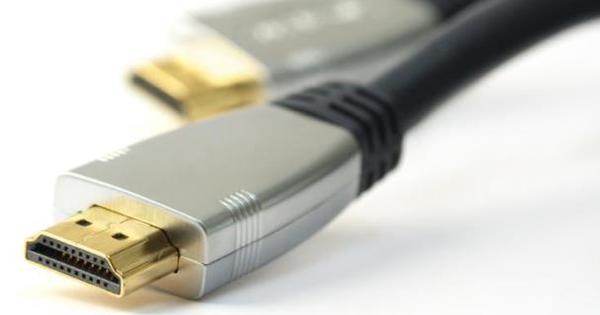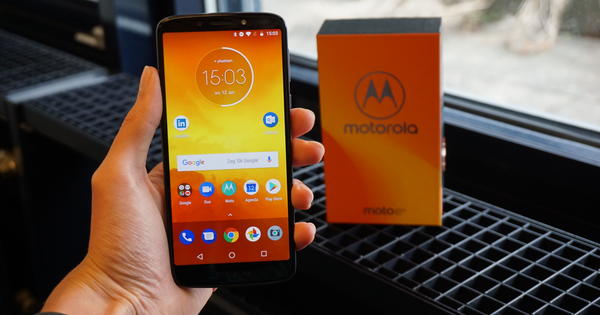Apple finally unveiled the iPhone 12 series last month, including the specifications of all devices. The so-called LiDAR scanner is placed on the back of all new Pro phones, in the area where the camera lenses and flash can also be found. What can this scanner actually do?
LiDAR stands for Light Detection and Ranging and can already be found on the iPad Pro, which came out this year, but is also coming to the iPhone 12 Pro and the Pro Max. The sensor uses small invisible lasers to determine distance and depth. Especially in self-driving cars, the technology is currently being used to recognize walkers or cyclists, and many robot vacuum cleaners are also equipped with LiDAR technology.
In recent years, considerable work has been done on the technology, which has therefore become smaller, cheaper and more accurate and partly because of this has made its appearance on some telephones and tablets.
The sensor will play a major role, especially for augmented reality (AR), and to a lesser extent for the photos you take.
Augmented Reality
However, it remains to be seen what exactly the LiDAR scanner will mean for the iPhone 12 Pro, but based on the possibilities of the iPad Pro released this year, we do have some ideas about how the new smartphone will use the LiDAR sensor. can use.
For example, the sensor will probably be used in the first instance for AR gaming and AR shopping. Apple already showed some specific LiDAR applications that we can expect later this year, including the game Hot Lava. In this game you turn your own living room into a playing field full of lava. It goes without saying that there will be many more games for your iPhone that make clever use of the sensor.

The sensor also seems useful for cleaning up your interior. For example, you can place various digital furniture in your own living room in the IKEA app, so that you can see exactly how that new sofa will eventually fit into the room. With the new advanced Studio Mode you can now also decorate your entire home.
Limited options
Furthermore, the possibilities of LiDAR for consumers are still limited. Of course there are still the apps from Apple itself, such as the Measure app that uses the sensor to measure even more accurately, but the ball is now in the hands of developers to get started with the new technology.

